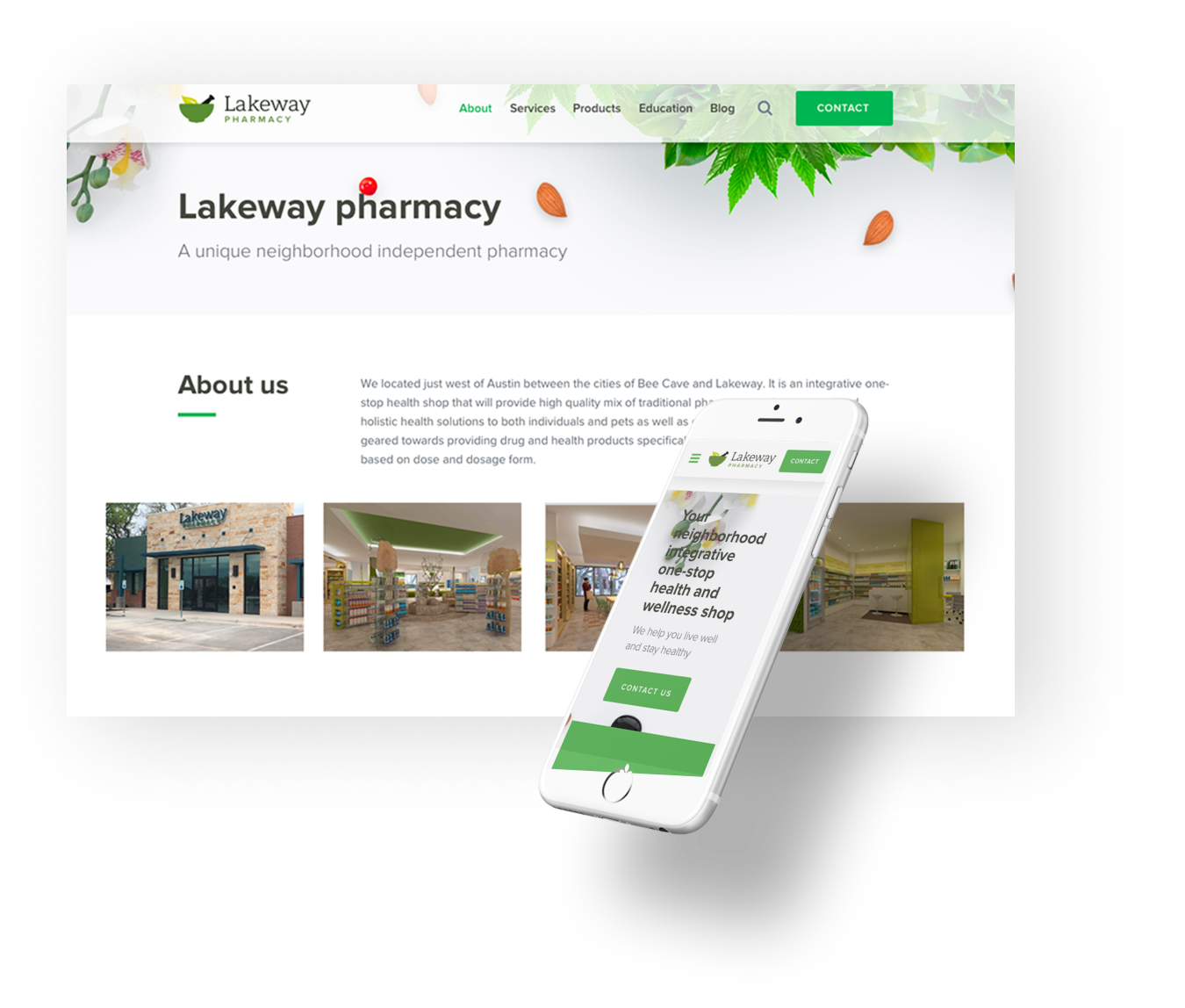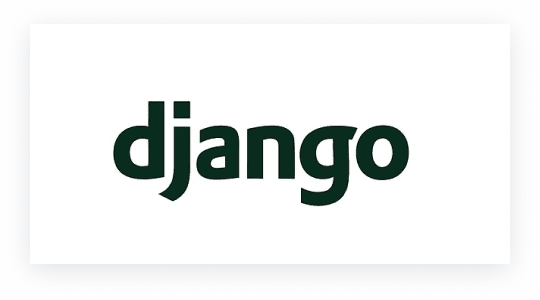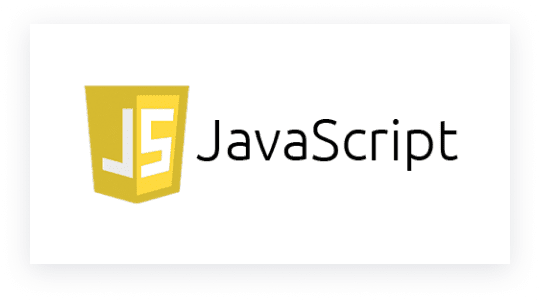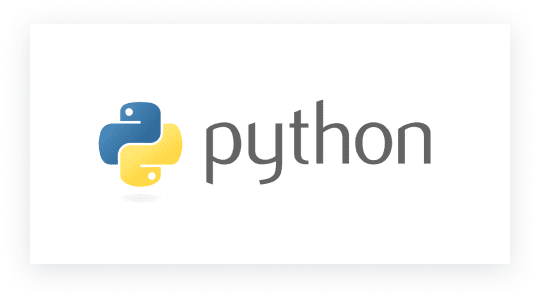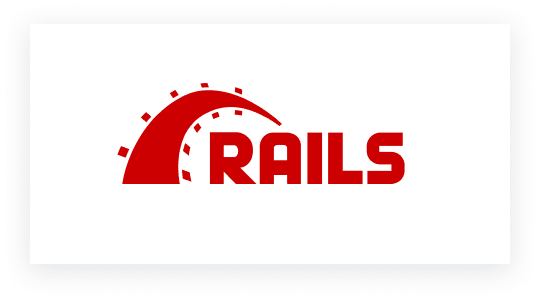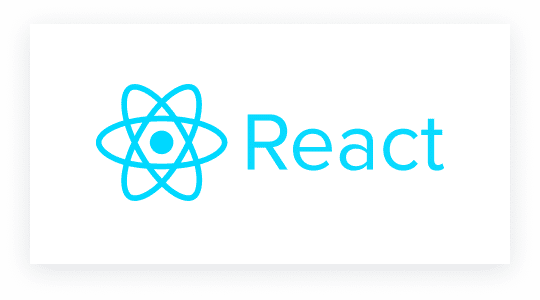
Preliminary estimates are necessary to establish the appropriate architecture for the software. A product may be undeveloped and fail to fulfill customer demands without such a review, or it may be overdeveloped and have too many functionalities. Both waste a tremendous amount of time and money.
The documentation stage covers the key milestones and provides a defined work scope. It helps in the prevention of money and time losses. Furthermore, the documentation describes the goals of the final product.
The prototype enables the visualization of the necessary functionality. This stage guarantees that everything is in order and that the scheduled tasks are carried out. More testing results in proper polishing.
The strict architecture specifies the software's internal structure and is the foundation for future growth. It allows the integration of new functional modules after the launch. The number of users is also considered, as this defines the maximum pass-through capacity.
The assessment and analysis of prototype testing data is the core of the front-end and back-end development processes. While coding, our developers use the technologies that fit your particular project case.
The CTO performs internal code quality testing, QA professionals perform manual testing, and custom automation tests are generated as needed. External testing is conducted with the assistance of the consumer and a focus group.
The completed project is made available on the platform of choice. We make changes to the application account and submit it for platform review. After approval, the product's life begins.
To fulfill the increasing requirements of users, the software's development may require a functional extension. If required, we are prepared to continue development.

